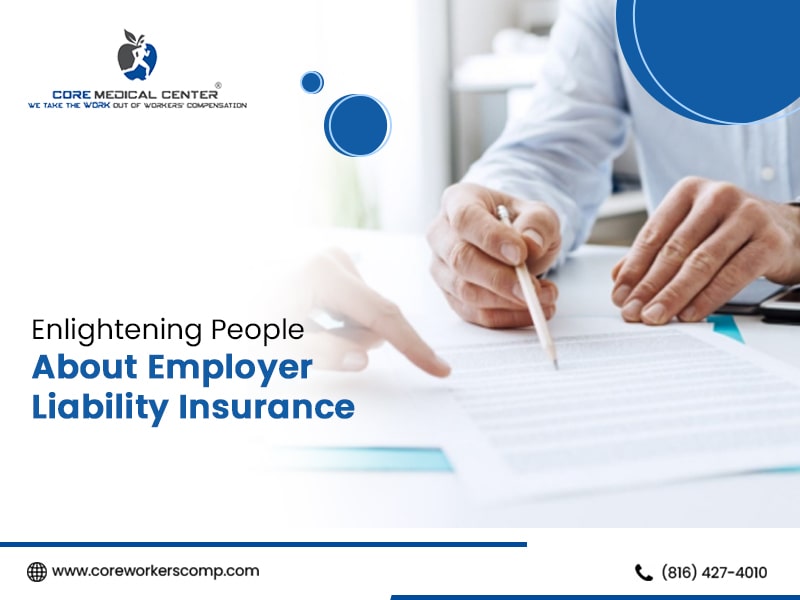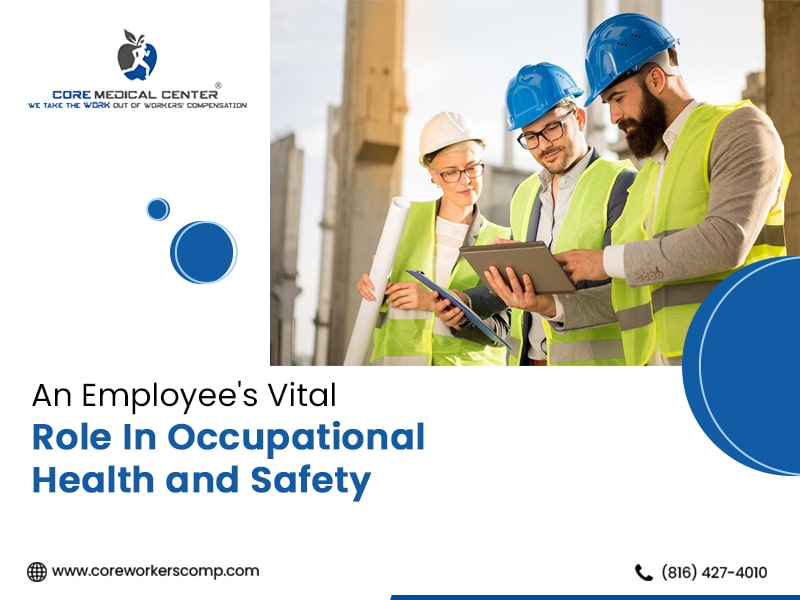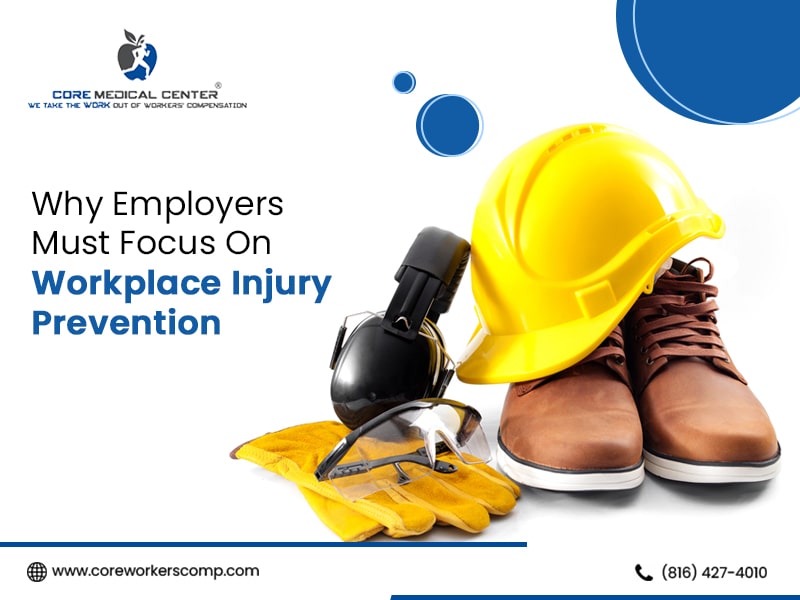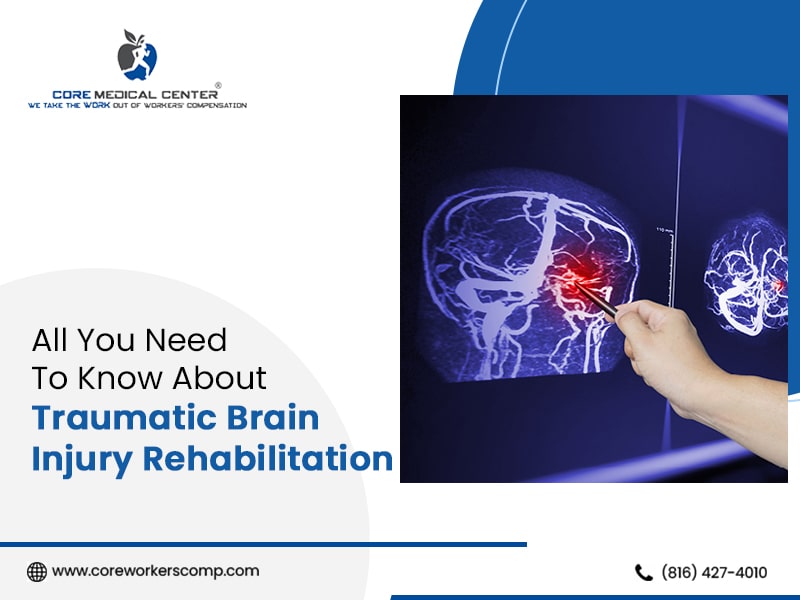In business’ dynamic world, safeguarding your employees’ well-being is a moral obligation and a legal responsibility. Employer Liability Insurance plays a pivotal role in ensuring that businesses are equipped to handle potential work-related injuries and illnesses. At Core Medical Center in Blue Springs, our specialists understand the complexities of Employer Liability Insurance and are here to enlighten employers and employees about its significance. In this blog, we’ll delve into the details of Employer Liability Insurance and how Core Medical Center can assist businesses in navigating this essential coverage.
- Understanding Employer Liability Insurance
- Significance of Employer Liability Insurance
- How Core Medical Center offers assistance
Understanding Employer Liability Insurance:
What is Employer Liability Insurance?
Employer Liability Insurance, often called Workers’ Compensation Insurance, is a type of coverage designed for financial protection of employers and employees in the event of work-related injuries or illnesses. It goes beyond basic medical coverage and can include compensation for lost wages, rehabilitation expenses, and other associated costs.
Legal Requirements:
In many jurisdictions, including Blue Springs, employers are legally required to carry Employer Liability Insurance. This mandate is in place to ensure that employees receive required medical care and financial compensation for workplace injuries or illnesses without having to resort to legal action.
Coverage Components:
Medical Expenses:
Covers the cost of medical care, rehabilitation, and other healthcare-related expenses resulting from a workplace injury or illness.
Lost Wages:
Provides compensation for the income lost during the period an employee is unable to work due to a work-related injury or illness.
Rehabilitation Expenses:
Includes expenses for rehabilitation services to help injured employees recover and return to work.
Significance of Employer Liability Insurance:
Financial Protection:
Employer Liability Insurance serves as a financial safety net for businesses. In there’s a workplace injury or illness, the insurance coverage helps absorb the costs associated with medical care, lost wages, and rehabilitation, preventing significant financial strain on the employer.
Legal Compliance:
Adhering to legal requirements is crucial for any business. Employer Liability Insurance ensures that businesses comply with state regulations, avoiding legal repercussions and potential fines associated with non-compliance.
Employee Welfare:
The primary focus of Employer Liability Insurance is the well-being of employees. In the unfortunate event of a workplace accident, this coverage ensures that employees get prompt medical attention, rehabilitation services, and compensation for any lost wages, fostering a sense of security and care within the workforce.
Reduced Litigation Risk:
Having comprehensive Employer Liability Insurance can mitigate the risk of employees resorting to legal action to seek compensation for workplace injuries. This not only protects the employer from potential lawsuits but also contributes to a more harmonious employer-employee relationship.
How Core Medical Center offers assistance:
Core Medical Center in Blue Springs delivers expert consultations, guiding businesses through the nuances of Employer Liability Insurance. Our specialists offer tailored solutions, aligning coverage with each client’s unique size, industry, and risks. In case of workplace injuries, we provide immediate and comprehensive medical services, prioritizing the well-being of injured employees. Our team ensures efficient claims management, facilitating timely compensation for medical expenses, lost wages, and rehabilitation needs.
Bottom Line
In workplace safety, Employer Liability Insurance is a crucial shield, offering financial protection for businesses and their employees. Core Medical Center in Blue Springs serves as a beacon of support for businesses seeking expert guidance on navigating the complexities of Employer Liability Insurance.
If you’re a business owner in Blue Springs searching for assistance with Employer Liability Insurance, turn to Core Medical Center. Contact Core Medical Center today to embark on a journey towards comprehensive workplace safety and employee well-being.





Recent Comments